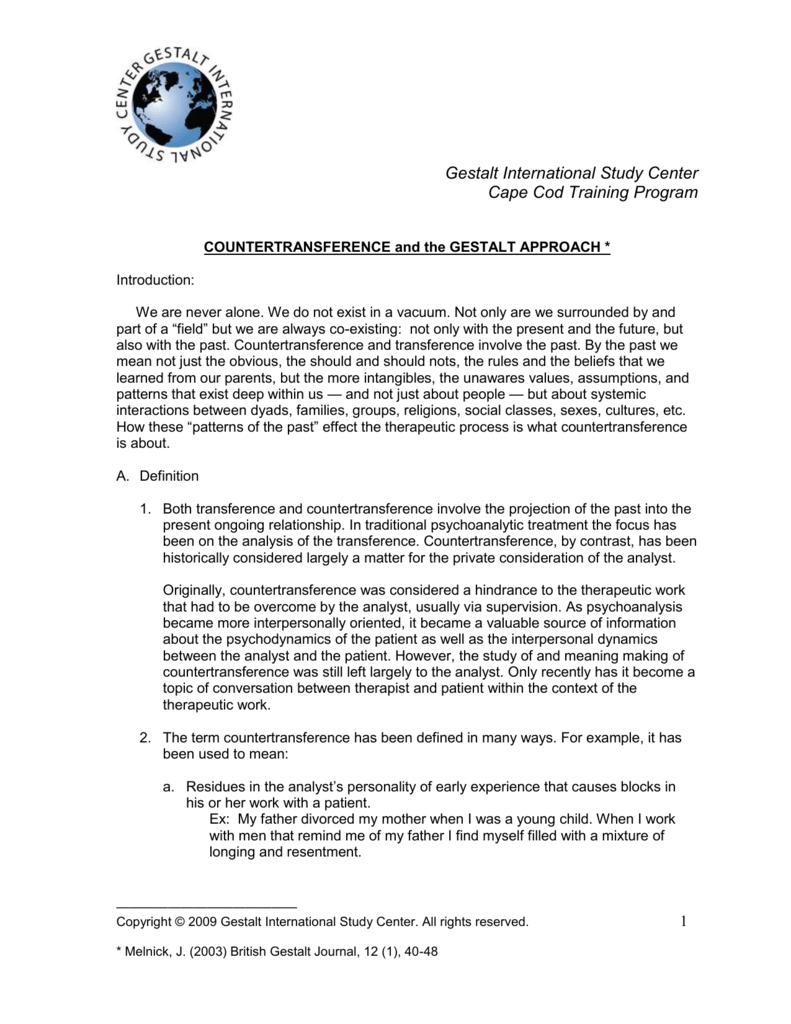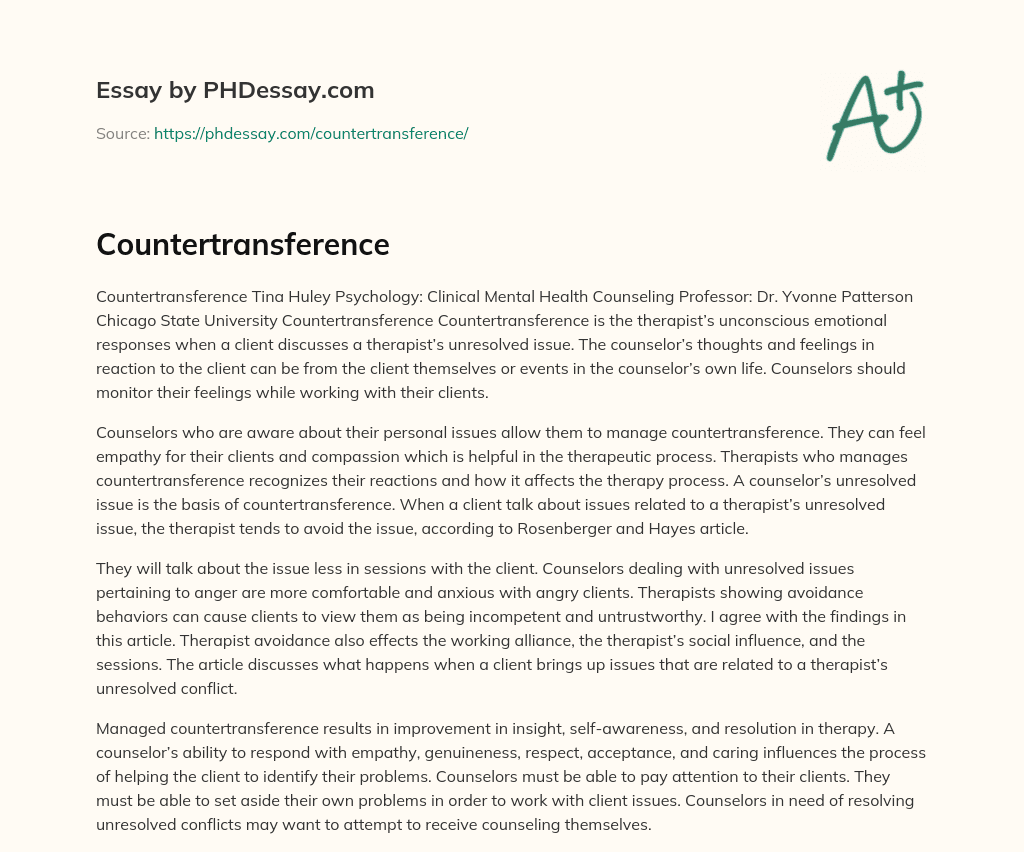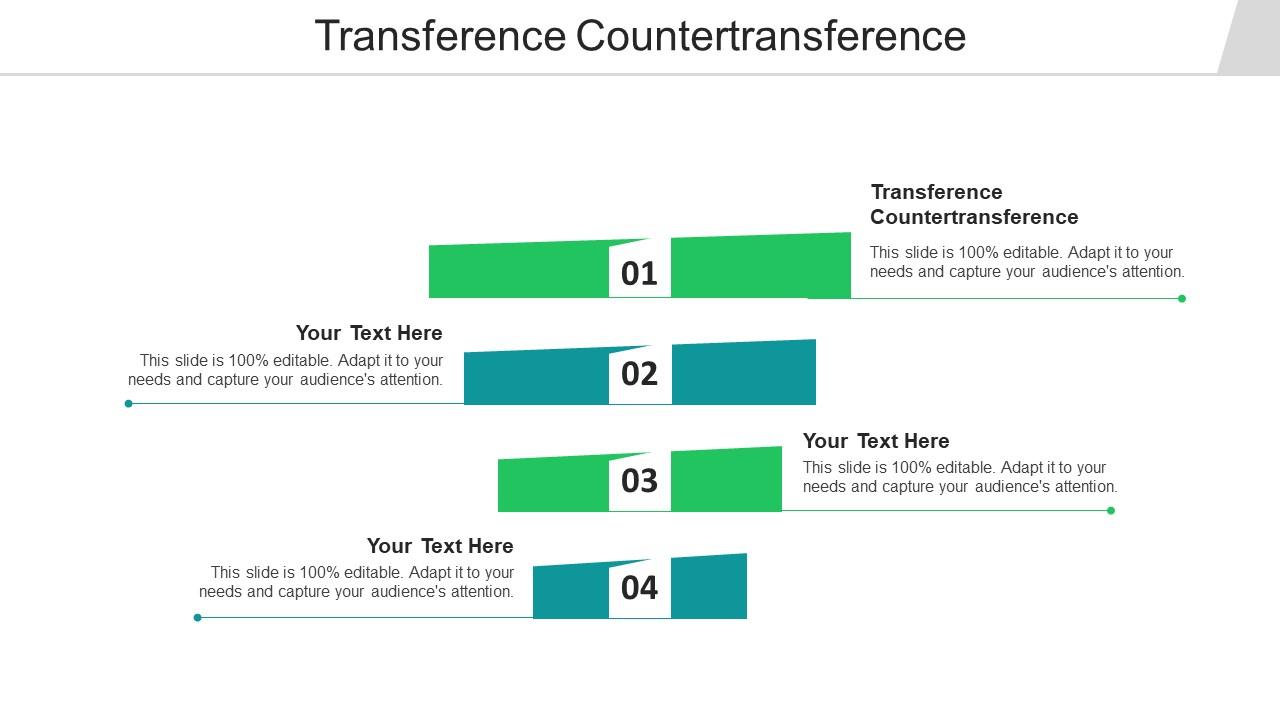Can’t-Miss Takeaways Of Tips About How To Deal With Countertransference

Countertransference can be broadly understood as past emotional reactions of the provider projected onto the present situation.
How to deal with countertransference. Countertransference is characterized by the thoughts, feelings, emotions and attitudes that the patient evoked in the therapist. Therapists deal with countertransference in a variety of ways. Behavioral health countertransference countertransference is a crucial topic for therapists to grasp to treat clients ethically.
November 6, 2023 countertransference arises when a therapist experiences an emotional reaction toward a client. By extension, davis and hayes ( 40) have explained that meditation promotes healthy psychological and neurophysiological benefits, including emotion. Transference is when someone redirects their feelings about one person onto another, such as a therapist.
Countertransference occurs when the therapist. Generally, countertransference in therapy does not. How do therapists deal with countertransference?
Countertransference is when a therapist redirects their feelings onto the. Occasionally a therapist must refer the patient to a colleague when the original. Therapists deal to countertransference in one variety of routes.
It is the therapist's job to recognize these feelings and deal with them. One of the most common manners therapists bargain with countertransference is through. Advice home how to identify the signs of countertransference in therapy medically reviewed by elizabeth erban updated january 4, 2024 by betterhelp editorial.
Transference is the redirection of feelings about a specific person onto someone else (in therapy, this refers to a client’s projection of their feelings about. Transference is the client's unconsciously transferring feelings from the past to the therapist, while countertransference is the therapist's reacting to these projections. A supervisory relationship offers support, is social in nature, and is often accepted as the place for clinicians to deal with countertransference.
Countertransference (i.e., a therapist’s reactions that stem from the therapist’s own vulnerabilities and conflicts), particularly if not well managed, can. Psychoanalysis was specifically designed to encourage transference.


















